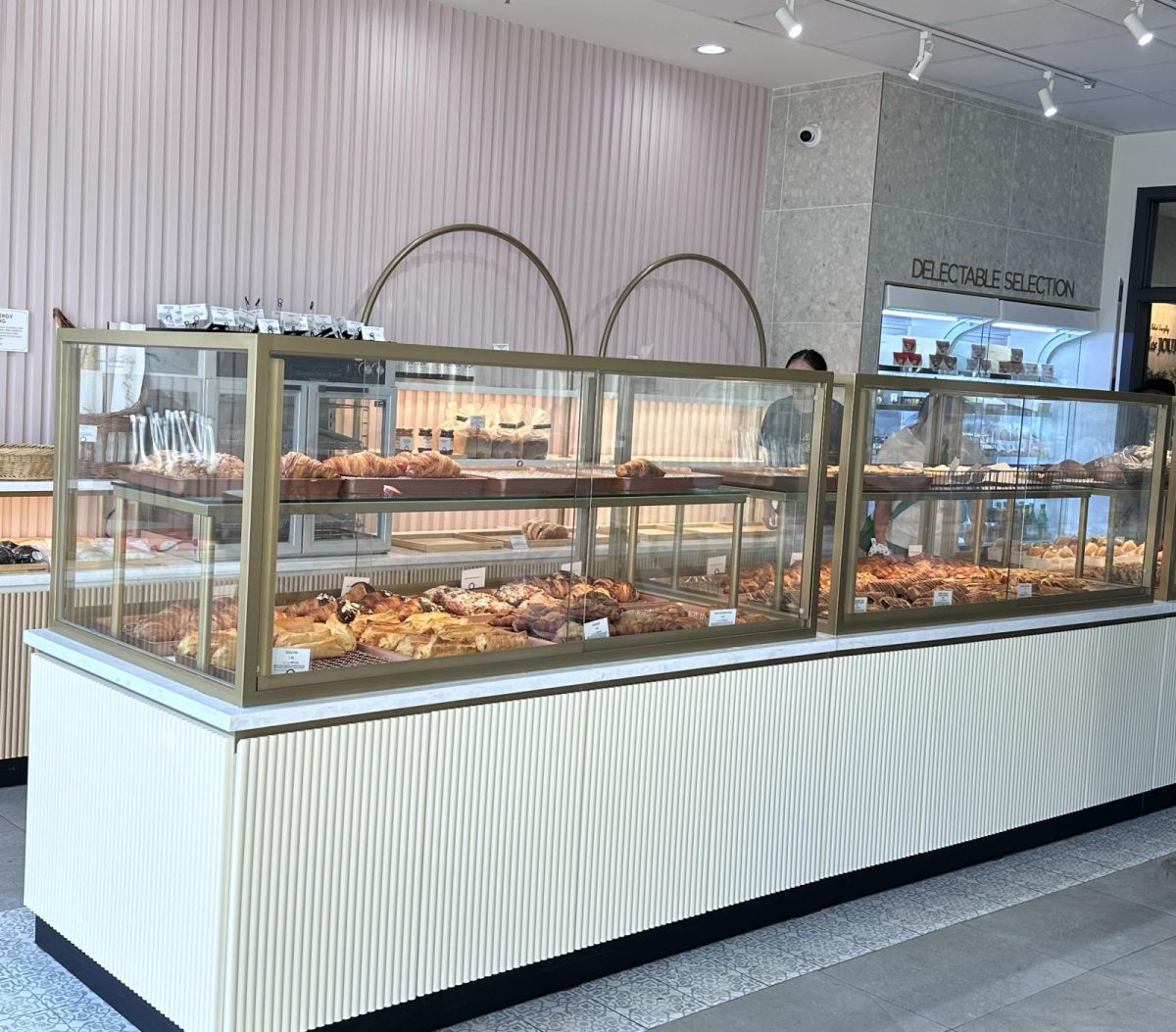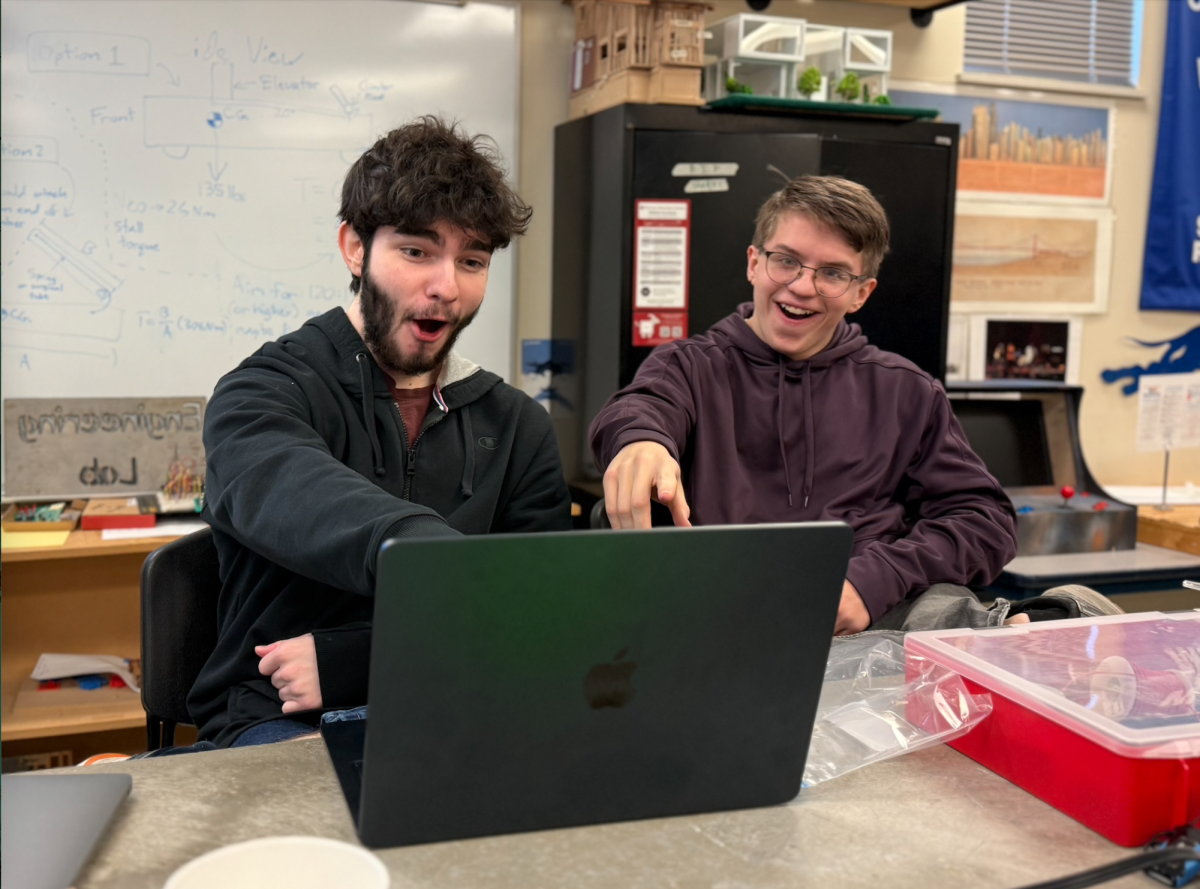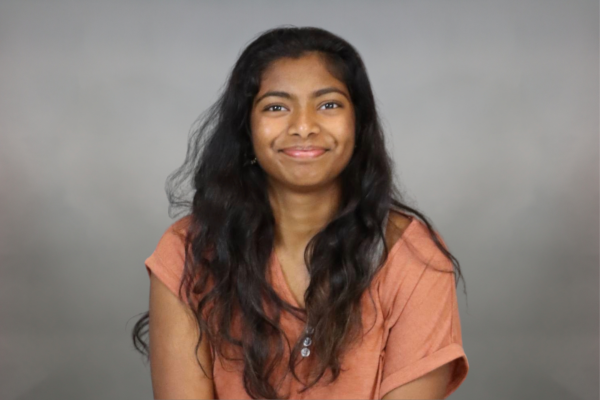“If I can teach [someone] how to [fry] safely, that’s what I’m going to do,” Culinary Arts teacher, Lauren Compton says. She’s been teaching at Clayton High School for 13 years. “The preparation needed to safely deep fry is more important than the cooking process itself.”
“[I started learning to deep fry through] YouTube and reading about the different steps to take, how oil reacts to the food, and the correct temperature for the oil. It’s all about developing little tips and tricks of the trade,” Compton said.
Compton shared the most common error she sees is people not getting the oil temperature correct. Research suggests the oil should be 325 to 375℉. Once the food is added, the oil should remain at 250 to 325 ℉, depending on the food product. Oil or infrared thermometers are the perfect measuring tool because they’re designed to measure high temperatures.
There’s a method of frying that’s best for beginners.“The float method is when we let the food product float in nothing, no basket. This happens as you drop [the food] in [the oil] and it sinks. As it cooks, it rises to the top [to] let us know ‘I’m done,’ it’s like a self-timer,” Compton said.
She recommends using a heavy bottom stock pan for the float method since it will hold up against high temperatures, along with a thermometer. So you don’t burn your kitchen down, Compton suggests taking precautions before embarking on your deep frying journey.
“Having [a] metal set of tongs, nothing with rubber silicone on the bottom of them because [they] melt with high temps helps you take the product, drop it in and then take the product out safer,” Compton said.
Sporting a pair of safety glasses to guard your eyes from splattering oil might not be a bad idea either.
“[Deep-frying] is an important skill. When you’re cooking with six cups of oil, that can become a problem quickly when you don’t know what you’re doing,” Compton said. “I also think it’s important because people are becoming more conscious of the food [they’re] putting in [their] bodies. If you fry the food yourself, you can control the type of oil, breading or batter.”









